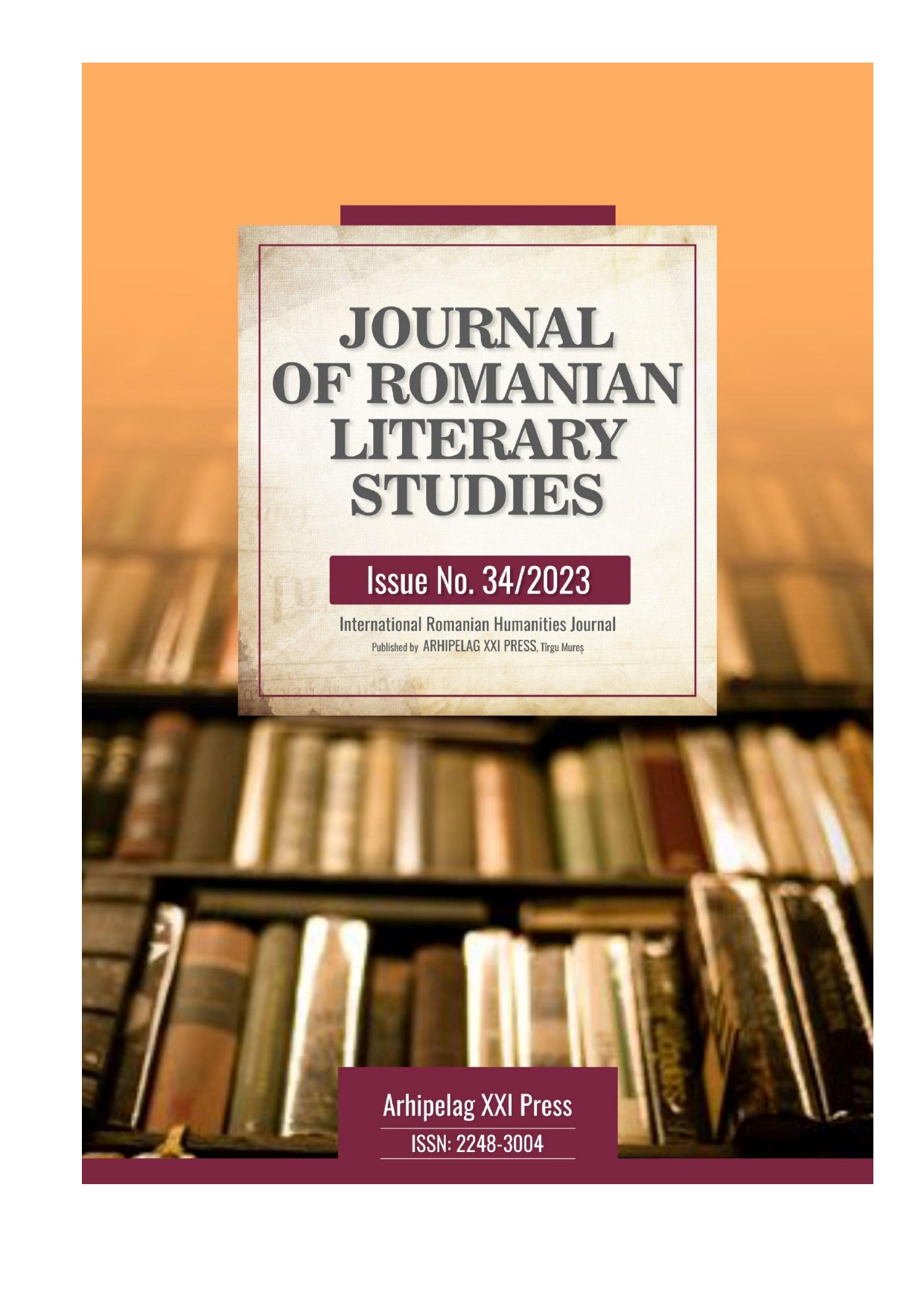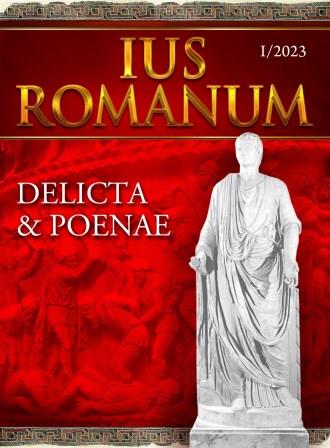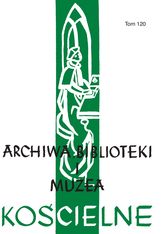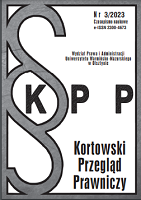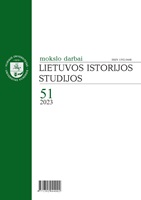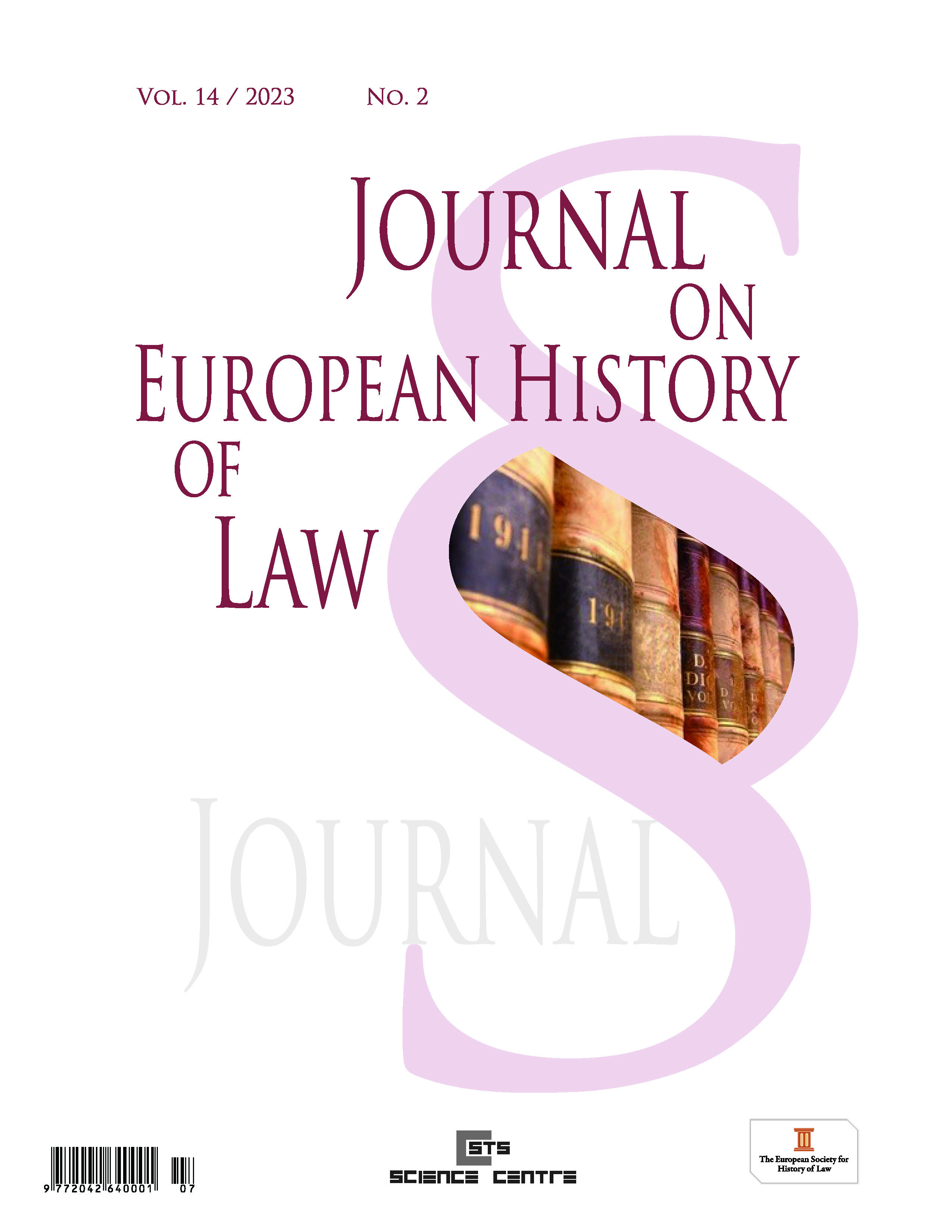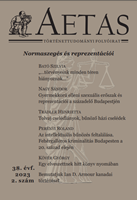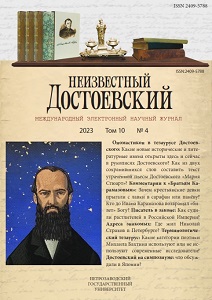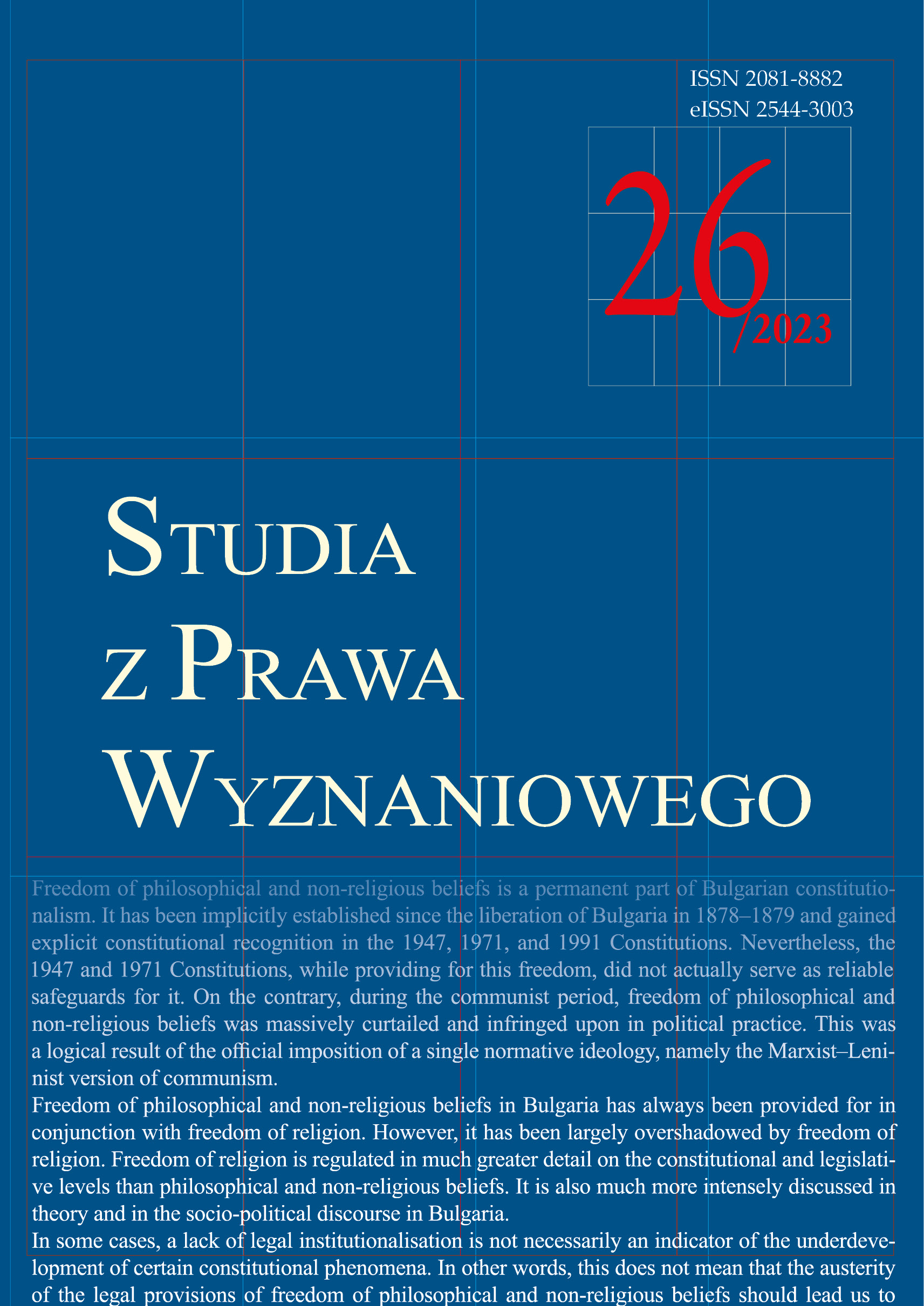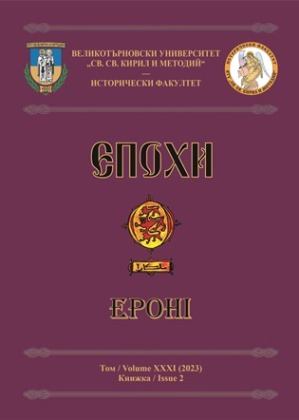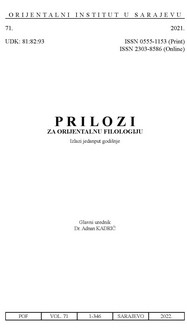Author(s): Hatice Oruç / Language(s): Turkish
Issue: 72/2023
There is no archival record connecting the zawiya founded by Gazi Isa Bey in Sarajevo (1462) to a dervish order (tariqat) till the end of the 18th century. Then, suddenly, with the appearance of Sheikh Osman Dede, Isa Bey’s zawiya began to be mentioned alongside the Mevlevi tariqat. This change took place when Sheikh Osman Dede, one of the dervishes of the Hacı Sinan Kadirî tekke in Sarajevo, became the sheikh of the Hacı Mahmud Mevlevi tekke and claimed that it was actually Isa Bey’s zawiya. At first, he convinced the authorities that the two lodges were one and the same, and even repaired the Mevlevi tekke with the income of the waqf of Isa Bey’s zawiya. He then further claimed that the waqf’s tawliyat (the right to manage the waqf) belonged to the sheikhs of the zawiya based on the waqf’ regulations, and took over the tawliyat of the waqf and appropriated the waqf’s property. Thus, a tawliyat lawsuit that would last for many years arose between the trustee of the zawiya foundation represented by Osman bin Mustafa residing in Skopje, from the lineage of İsa bey, and the new trustee of the foundation represented by Sheikh Osman Dede. The documents presented in this case reveal that certain aspects such as whether or not Isa Bey’s zawiya is really Mevlevi, which side has the right to the tawliyat of the zawiya’s waqf, and the conditions of endowment in the foundation charter (waqfiya) etc., have been questioned. Various types of documents found in the Ottoman Archive (Ottoman Archive of the Presidency of the Government - BOA) and in the Archives of the General Directorate of Waqfs in Ankara that shed light on the claims and events related to Isa Bey’s zawiya and its waqf starting from the time Sheikh Osman Dede became a Mevlevi sheikh, constituting the first part of this study, have already been published under the title “Several Documents About Isa Bey’s Tekke in Sarajevo (I)”. In this study, the documents from the Sarajevo court registers (sharia sijjils) held at Gazi Husrev’s Bey Library in Sarajevo, will be discussed. In a way, this study implements the documents already discussed in the earlier publication. These new documents that question the generally ac-cepted claim that Isa Bey founded the zawiya as a Mevlevi and reveal the name of Haci Mahmud as the founder of the Mevlevi tekke are of extreme importance and may completely alter the history of the tariqats in Sarajevo all together. These documents are also of great importance not only for the research of the waqf institutions, but also for the research of legal history through the prism of the institution of the qadi and the functioning of the court.
More...
